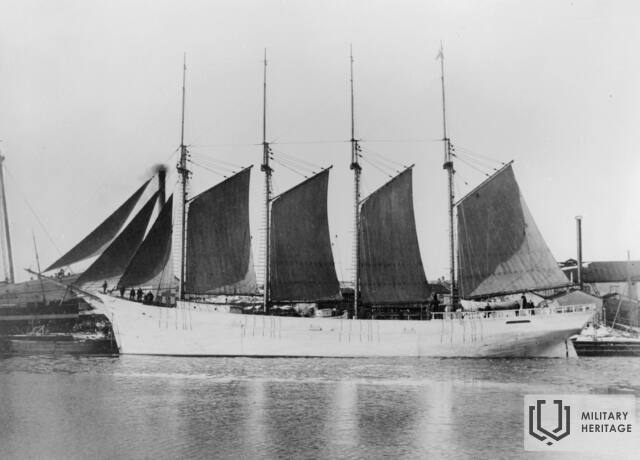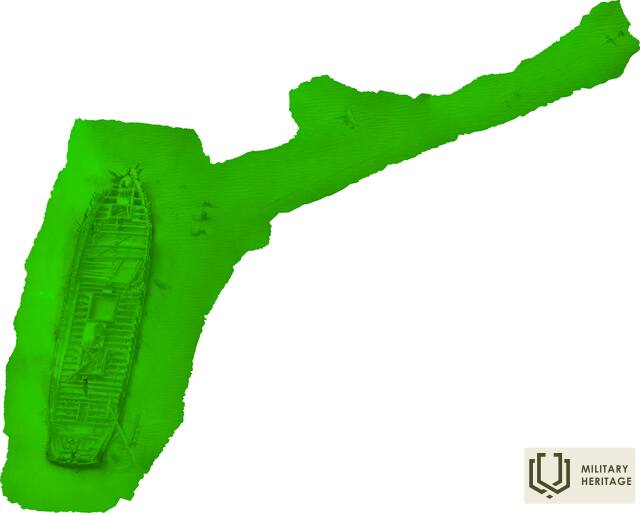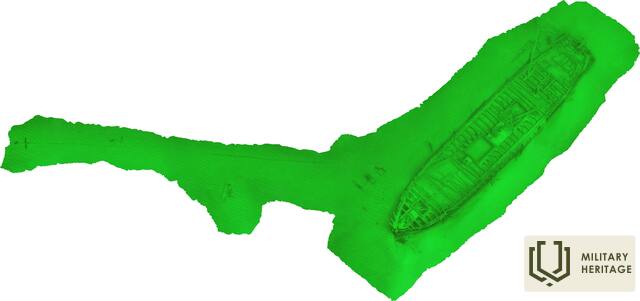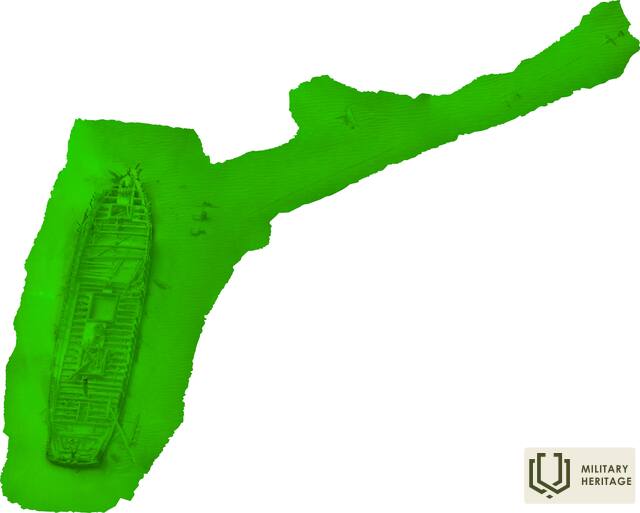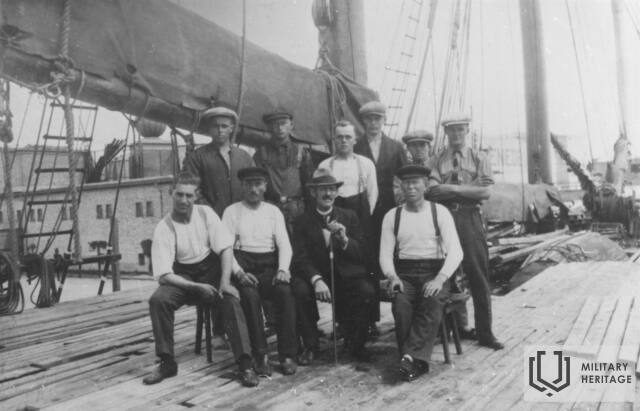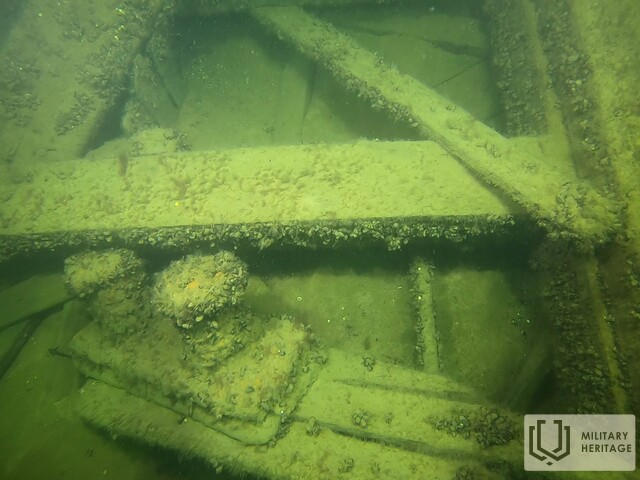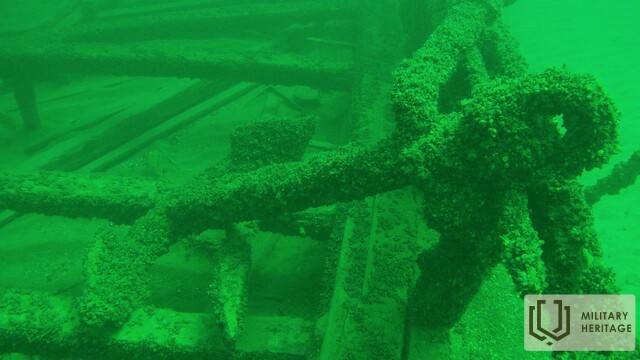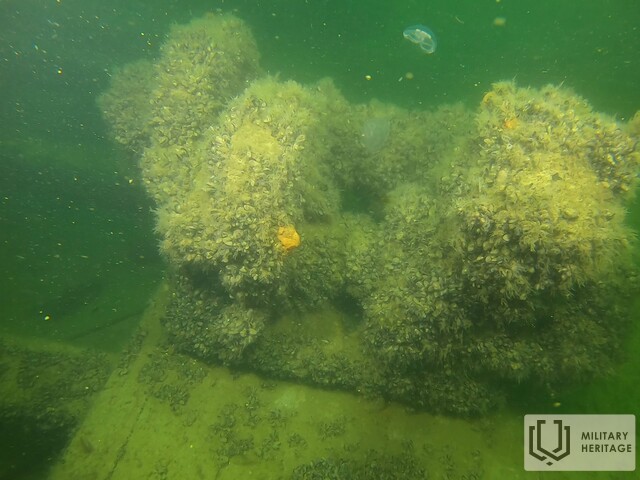Kuunar Gullkrona Karinė įranga


The four-masted fore-and-aft schooner Gullkrona was built in 1921 in the Dragsfjärd municipality in Finland. The overall length of the ship was 54,88 meters, the moulded length 50,51 meters, the breadth was 10,3 meters and the draft 3,43 meters. During the time of sinking, the home port was Mariehamn and the ship was owned by Suomi Shipping Ab. In terms of its dimensions, Gullkrona was one of the largest wooden vessels built in Finland at that time. In 1940, the average length of wooden motor sailors registered in the Finnish cargo ship registry was 20 – 30 metres.
In the beginning of January 1941, Gullkrona, with 12 crew members on board began the journey from Rostock to Finland carrying a load of coal. A storm broke out when they reached Gotland and the ship obtained a leak. In addition, Gullkrona had a small collision with the Swedish passenger steamer Fårösund, as a result of which one of the two lifeboats on board was broken. The consequences of the collision seemed trivial and it was decided to continue the route to Finland through Estonian coastal waters. The storm winds picked up again when the ship reached the waters of Hiiumaa and it was decided to find shelter at the coast of Hiiumaa. In the evening of 10 January, the crew dropped the anchor on the border of drift ice into a depth of approximately 17 meters, located 6 nautical miles off the coast of Sõru in Hiiumaa. Soon, the main body filled halfway with water and part of the crew set on the way to get help from the coast. Thanks to the skilled assistance from the locals they managed to retrieve the rest of the crew members, even though they needed to wait several hours to receive clearance from the border guard. In 1941, Hiiumaa was under the control of the Soviet Army and all rescued Finns were arrested as potential spies. Approximately three weeks and countless interrogations later, the prisoners were handed over at the Finnish border.
In 1975, the Finnish Water Rescue Association tracked down the persons who had saved the lives of the Gullkrona crew members and honoured them with a golden Water Rescue medal. Only one of the four men, who had participated in the rescue operations, was still alive at the time





